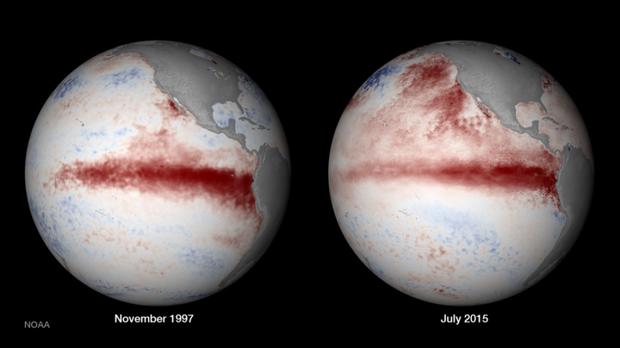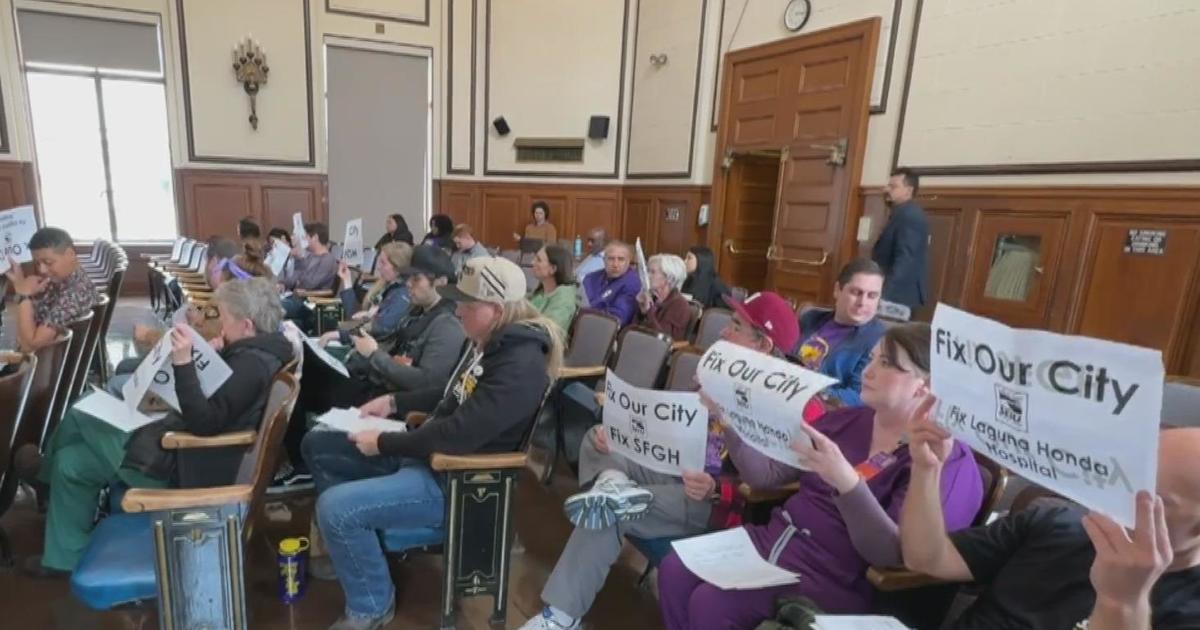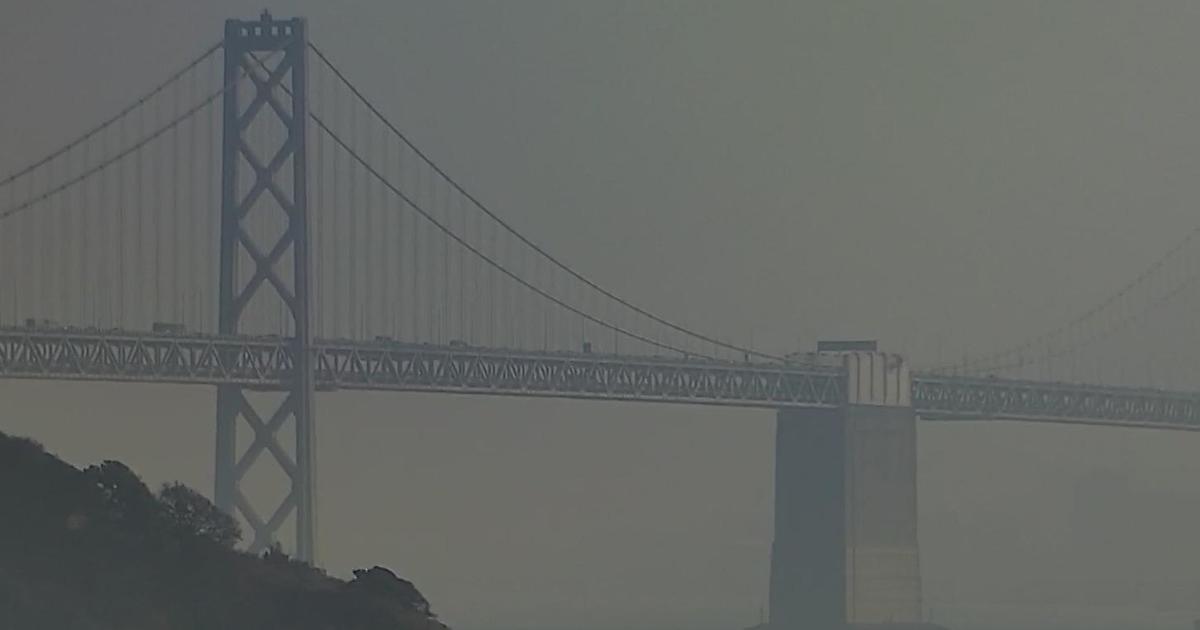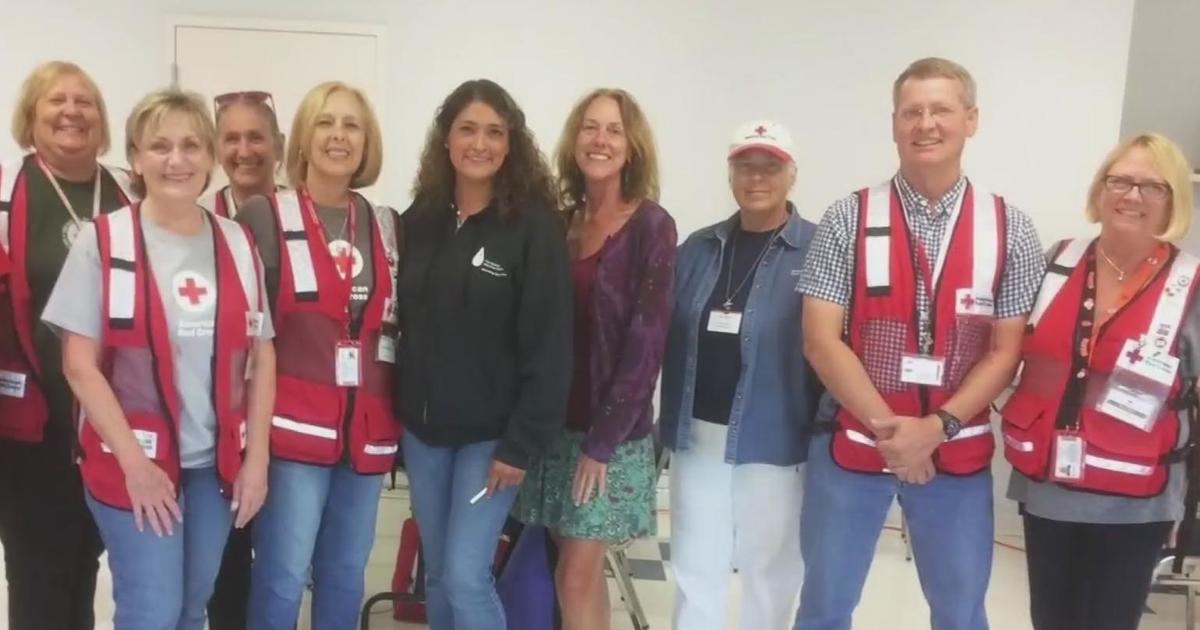El Niño Rains Coming, But Likely Not Much In December
SAN FRANCISCO (KPIX 5) -- Weather records for San Francisco go all the way back to 1849 (Gold Rush, anyone?), and two of the wettest winters the Bay Area has experienced in the 166 years of reliable weather data since then were during "very strong" El Niño events. It rained 38" during the water year of 1982-83 (normal is 23"), and it rained more than 47" during the water year of 1997-98.
That's a tremendous amount of rainfall.
The third occurrence of a "very strong" El Niño happens to be right now. In fact, by some measures, the strength of our current El Niño event happening in the equatorial Pacific Ocean has already eclipsed the peak strength of the '82-'83 and '97-'98 events.
So, it's now the wettest time of the year, and it's the strongest El Niño we've had in nearly two decades or longer. It'll start pouring tomorrow, right?
Not exactly. Let's take a look at the monthly rainfall breakdown from the 1982-83 winter & spring:
December 1982: 2.22" rain (49% of normal)
January 1983: 5.77" (128%)
February 1983: 8.06" (181%)
March 1983: 9.04" (277%)
April 1983: 3.48" (238%)
It rained almost 30% more than average in January, almost double the average in February, and more than double the average rainfall in March and April. But December's rains were less than half of what we typically receive.
Now let's check out what happened during the 1997-98 winter & spring:
December 1997: 2.77" rain (61% of normal)
January 1998: 12.08" (268%)
February 1998: 14.89" (339%)
March 1998: 2.54" (78%)
April 1998: 2.13" (146%)
May 1998: 3.92" (560%)
The rainfall in early 1998 was more than triple what is average for the Bay Area, and for the most part stayed above average through May. But again, December's rainfall totals that year were lackluster.
Two occurrences certainly does not make a trend – nor is it a guarantee of a repeat performance – but there is some science behind the timing of peak El Niño rainfall.
As climate researcher and Stanford PhD candidate Daniel Swain wrote in his excellent Weather West blog, the warmer-than-normal water currently found in the equatorial Pacific Ocean (or El Niño) "super-charges" the subtropical jet stream and often sends these very wet storms toward California.
But here's the catch: from October through December, the subtropical jet stream is often too far north to take advantage of El Niño. The two weather entities can't interact. Put another way, it's kind of like knowing that Stephen Curry is waiting to take a game-winning three-point shot, but we're too far away to pass him the ball. Without the ball, even though he's the best shooter in the world, Steph can't make the shot.
But after Christmas, that is likely to change.
The subtropical jet stream, which slowly snakes south during the fall and winter months, will eventually move into a position where it can take advantage of the very warm El Niño waters. If what we think will happen does happen, the subtropical jet stream will become super-charged and direct many wet storms into California. Nobody knows exactly how many storms - or exactly how much rain, or exactly how much mountain snow - but it is a safe bet that this winter will be much wetter than the past several.
Using the Warriors analogy again, by January we will be close enough to pass Steph Curry the ball … and he is very likely to make it rain.
It's a "show-me-now" world when it comes to news and information, and the lack of significant rainfall in October and November has many "social media meteorologists" throwing in the towel and calling this El Niño a "bust." I kindly ask you to resist that urge. We may not even see a significant uptick in California rainfall until after Christmas, but all indications are that once it does start getting stormy, it'll be stormy for a while.
And that's exactly what California needs.




